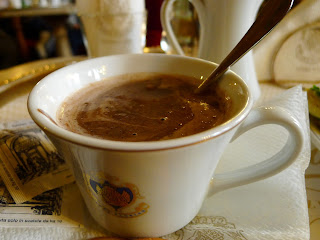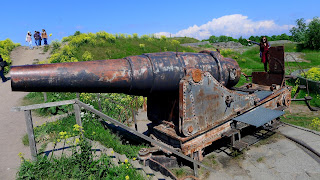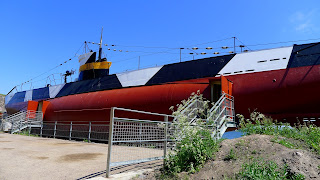During my last trip to Europe I started doing this weird thing where I would attempt to track down the oldest coffee house in each city I visited. I'm not sure how this all came about, but it probably has something to do with the sociology essay on coffee that I once had to write. Combined with my love of coffee and old architecture.
So far I've been successful with my mission mostly in Italy. In a couple of other countries I struggled either due to a lack of information or simply because I didn't have enough time. Where I haven't been able to go to the oldest cafe, I've tried to go to one of the oldest.
In Vienna, I went to Cafe Landtmann with my cousin Elisabeth. It opened in 1873 and while that may seem pretty old, it wasn't the oldest in Vienna. That title belongs to Cafe Frauenhuber which I think is about 100 years older than Landtmann.
In Venice there is Caffe Florian, which was established in 1720. It is right on St Mark's Square, so while the prices are ridiculously expensive, the view of the square and the artwork inside are worth the price tag.
In Florence, I had a quick stop at Caffe Gilli which was founded in 1733. From memory it wasn't as fancy as Caffe Florian or Caffe Greco (which you will see shortly), but the building still had beautiful architecture.
After an early morning ferry from Helsinki to Tallinn, we needed sugar and caffeine. I decided on the tiramisu which I do not regret at all.
So far I've been successful with my mission mostly in Italy. In a couple of other countries I struggled either due to a lack of information or simply because I didn't have enough time. Where I haven't been able to go to the oldest cafe, I've tried to go to one of the oldest.
In Vienna, I went to Cafe Landtmann with my cousin Elisabeth. It opened in 1873 and while that may seem pretty old, it wasn't the oldest in Vienna. That title belongs to Cafe Frauenhuber which I think is about 100 years older than Landtmann.
In Budapest, the title belongs to Ruszwurm which I did manage to get to. Ruszwurm dates back to 1827 and is situated up near the Fisherman's Bastion. The cakes and pastries are so delicious that even Empress Elisabeth used to order them from here.
In Venice there is Caffe Florian, which was established in 1720. It is right on St Mark's Square, so while the prices are ridiculously expensive, the view of the square and the artwork inside are worth the price tag.
I am most definitely a coffee person, but for some reason I ordered a hot chocolate that day. It was rich, and it was like a thick soup. So decadent.
In Florence, I had a quick stop at Caffe Gilli which was founded in 1733. From memory it wasn't as fancy as Caffe Florian or Caffe Greco (which you will see shortly), but the building still had beautiful architecture.
Caffe Greco in Rome is slightly younger, established in 1760. It is just a few metres away from the Spanish Steps. After an afternoon of shopping, I could have spent hours in here just taking in all of the art work on the walls.
And so now we come to my current trip. I tried and I tried, but I couldn't find anything remotely like a historical coffee house in either Moscow or St Petersburg :(
I did, however, have more luck in the Nordic countries!
Cafe Ekberg was a few minutes away from our hotel in Helsinki, so an ideal place for us to have breakfast. During the week, they offer a breakfast buffet for only €10 which includes not only the staple items like coffee, rolls, cold meat, cheese, cereal, and fruit, but also a range of their delicious pastries that you can normally buy in store! It was founded in 1852 originally as a bakery and has been at this particular address for over 80 years.
Cafe Maiasmokk was our cafe of choice in Tallinn, having been in the same location in 1864. It officially takes the crown of oldest cafe in operation in Tallinn.
After an early morning ferry from Helsinki to Tallinn, we needed sugar and caffeine. I decided on the tiramisu which I do not regret at all.
































